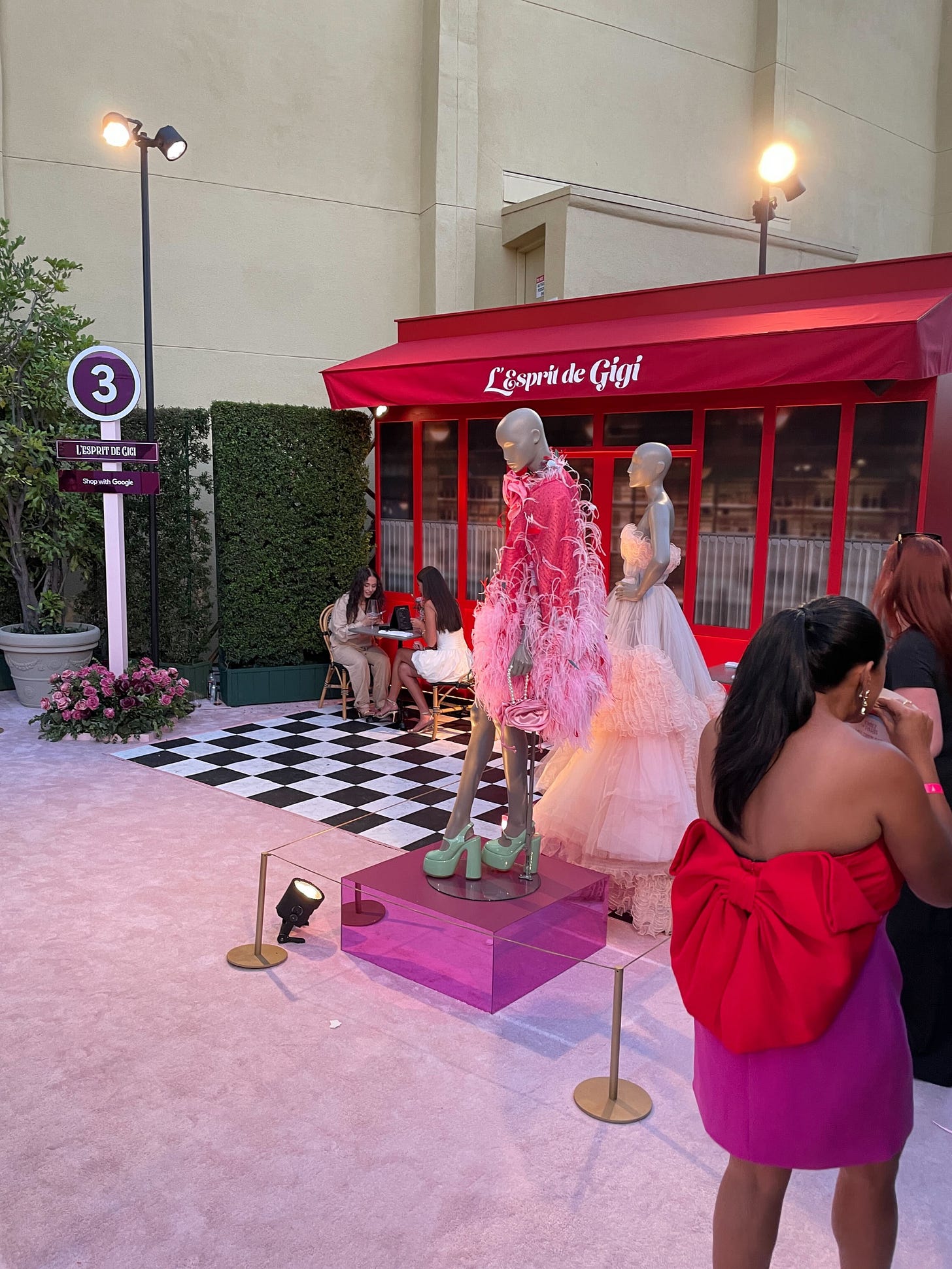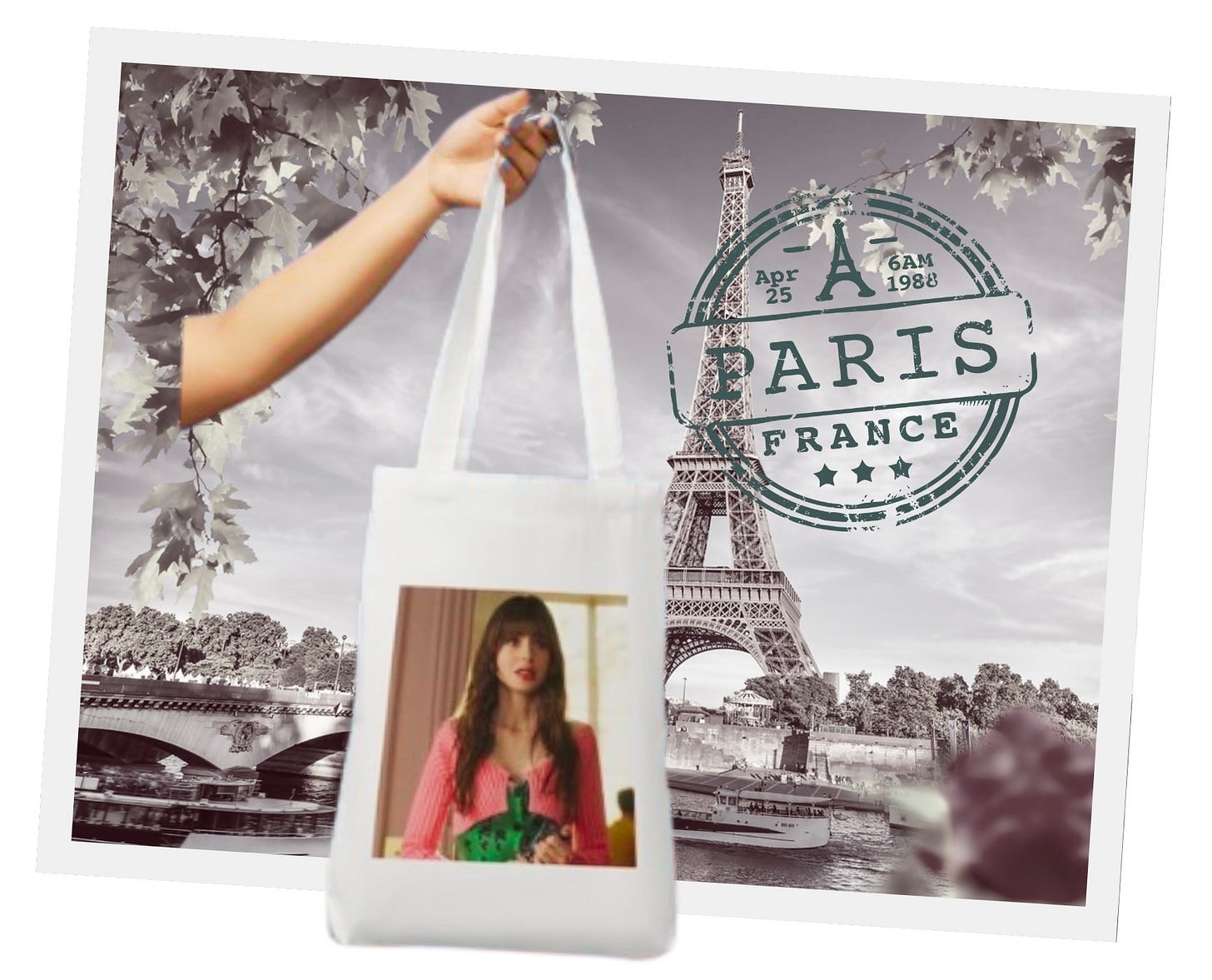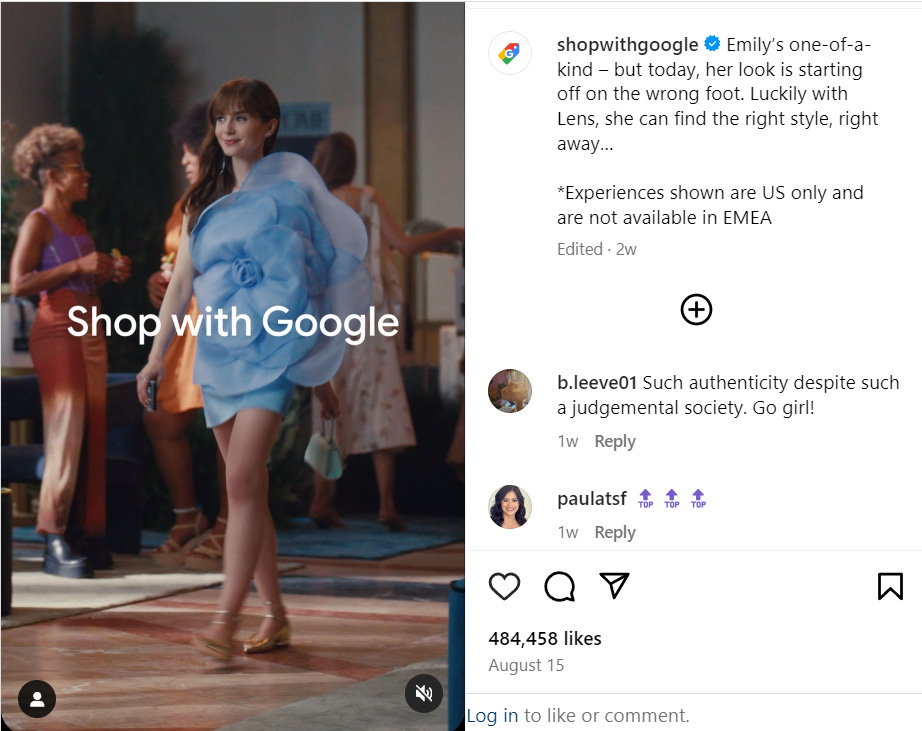'Make Money Faster': What 'Emily in Paris' and a Leaked Netflix Memo Reveal About its Ad Tier
I talk to Peter Naylor and marketers about the dangerous game the streamer is playing as it blurs ads, shopping and content
This Ankler Feature is an 11-minute read.
Down a swerving streetscape that evoked a shopping strip of a Paris arrondissement, guests who attended Netflix’s Los Angeles premiere for season four of Emily in Paris last month were in for a surprise. Sure, the on-demand crepe station was a nice touch (Have a Crepe Day! blared the wrappers in which they were served), as were recreations of Emily’s office and L’Esprit de Gigi, the restaurant run by Gabriel (Lucas Bravo).

Then things got weird. Mannequins wearing items featured on the show were strategically placed along the way, with a nearby “street” sign telling attendees “Shop with Google.” If you opened the Google app on your phone and used its AI-powered camera-based search product called Lens, you could see, for example, where to buy the lime green mule heels worn in the new season’s first scene by Mindy (Ashley Park) from the Italian designer Francesca Bellavita ($650). Or shoes that looked close enough to the real thing that cost far less.
Along the way, a photographer offered people a Polaroid photo, which came emblazoned with “Shop with Google + Emily in Paris” on the picture’s signature white frame.
Somehow what started as a Netflix premiere had morphed into a brand activation for Google’s visual search tool and its shopping.
A week later, when part one of season four dropped on Netflix, the Google takeover continued on its ad tier. Emily in Paris was now brought to you by Google. An ad featuring Emily herself, Lily Collins, aired, showing her shopping for new shoes via Google Lens after she made the ultimate faux pas: wearing the same shoes as everyone else.
Stop a show and a new “pause ad” implores you to “lens this look.”
Whose show is this anyway? When did Netflix become a TikTok shop?
Three and a half seasons into its run — part two of season four debuts Sept. 12 — Emily in Paris is not just a bona fide hit streaming franchise for Netflix but every marketer’s fantasy: It’s hard to tell where the commercials end and the show begins.
As a result, Emily has become the petri dish for the streaming giant to remake advertising and product placement in its own image, and definitive proof that the streaming platforms are now trying to lay waste to another fiefdom of the cable and broadcast world: the kind of sought-after product integrations that drive huge ad buys.
“What’s obvious is, with the exception of Netflix, that streaming is not as lucrative as the old way,” says Peter Naylor, who served as Netflix’s VP of ad sales until leaving in July. “So everyone is trying to figure out how to make money faster.” Ironically, it’s Netflix, with its already huge profitability lead over rivals, that’s the one chasing ad money the quickest of all.






